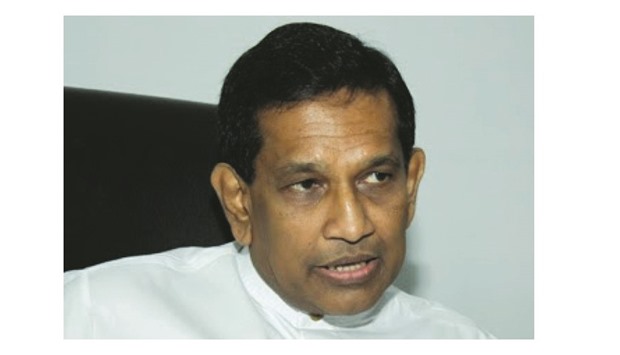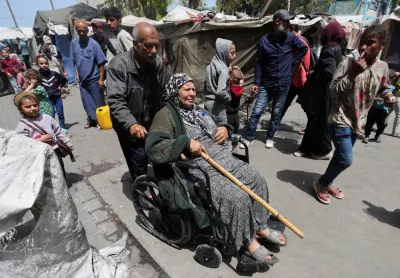The Sri Lankan government has denied reports of the discovery of cluster bombs in formerly war-hit areas of the country by questioning the evidence and rejecting the suggestion that government forces used the weapons.
Responding to questions over a Guardian report, which produced for the first time pictures of the bomb casings and cluster munitions, a cabinet spokesman denied any connection to Sri Lankan government forces.
“How do you know that the sites, as shown in the pictures, are in Sri Lanka?” said Rajitha Senaratne, the health minister. “How do you say that these bombs belong to the Sri Lanka army? What is the
basis?”
Senaratne also indicated that the munitions could have been used by the Liberation Tigers of Tamil Eelam (LTTE) forces opposed to the government during Sri Lanka’s long-running civil war. “There could have been cluster bombs,” he said. “How do you say whether they are from the army or the LTTE forces?”
The pictures revealed by the Guardian were passed on by an ex-employee of the Halo Trust, the world’s biggest demining organisation, though the leaks were never sanctioned by the organisation itself. The devices depicted in the photographs were subsequently identified as cluster munitions by a weapons experts at Human Rights Watch.
Halo confirmed in an exchange with the Guardian that it had found a total of 42 cluster munitions in sites across northern Sri Lanka near Pachchilapalli, a location of fierce fighting between government and LTTE forces at the end of the war. It also stated that records of the discoveries, categorised as A02.5s, were submitted to a national mine action centre, run by the government, when they were found.
“Halo submitted this information on completion of clearance of these areas, in accordance with our reporting requirements. These documents are still held by the national mine action centre in Sri Lanka today,” the Halo
respondent said.
Former staff members at two other demining organisations also told the Guardian that they had found cluster bombs in Sri Lanka after the conclusion of the civil war. Speaking on condition of anonymity, they said they had found cluster munitions in the towns of Puthukuduyurippu and Suthanthirapuram, around the area of one of the government’s self-declared “no fire zones” in which hundreds of thousands of civilians were told to gather for their safety in 2009 as the conflict drew to a bloody climax.
In 2012, Allan Poston, a technical adviser to the UN development programme’s (UNDP) demining team, wrote in an email that his team had found “confirmed unexploded sub-munitions” near Puthukuduyurippu, an area that had been reportedly attacked with the weapons in February 2009.
In a note of apparent frustration with the demining groups, Senaratne added that they “should have reported [the weapons discovery] at the time of demining. Why now, after so many years?”
Independent corroboration of the nature of the weapons has been provided by a senior weapons researcher at Human Rights Watch, who identified the material as the remnants of Russian-made cluster bombs and unexploded cluster sub-munitions.
In a statement to the
Guardian, Halo said it had not concluded which side had deployed the weaponry or when, asserting that it “could have been any time within the last three decades”.

Rajitha Senaratne: u201cRemnants of bomb casings uncovered in north of country were deployed by LTTE rebels.u201d


